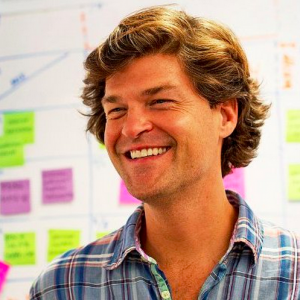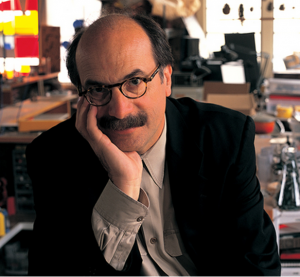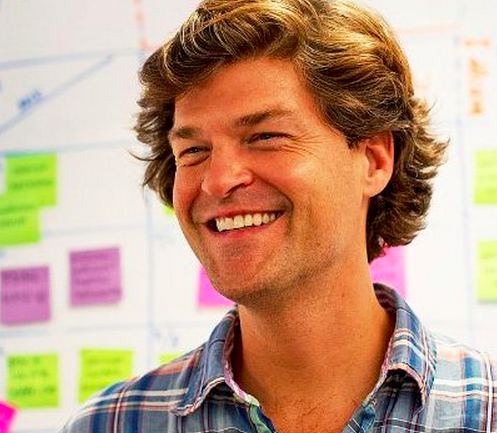
How was the d.school formed? How did it grow from being in a trailer to reaching world fame? And what role does cross-fertilization play in coming up with innovations? These are some of the questions that came to my mind when I met with Justin Ferrel, a Fellowship Director at Standford’s d.school.
I/ Justin’s background
Justin worked at the Washington Post and was a digital design director there. Then he went to Standford and took a number of classes at Standford’s d.school and was offered a job. The reason why he went to the d.school was because he was trying to figure out how to bring together multidisciplinary groups to create really innovative products.
II/ Presentation of David Kelley

The d.school started as an idea that David Kelley, the founder of IDEO, and some of his friends had. David is a tenured professor at Standford in the product design group, which is a small subset group in the mechanical engineering department. David operates outside of the system. He’s the only tenured professor at Stanford who doesn’t have a Ph.D. There’s an element of an outlaw mentality at the d.school. The real innovation of IDEO was putting designers and engineers together, instead of having an assembly line sort of process.
III/ Cross-fertilization leads to disruptive innovations
Bringing together grad students from different programs to collaborate : after David got tenured here, he started to co-teach classes with some friends of his from other departments from:
- the business school
- various departments in engineering
- the school of education
They realized that there’s a gap in the system. There are seven grad schools at Stanford. All of the graduate students are really smart but they tend to only hang out with people in their program on their part of campus. David knew from experience that if you only hang out with people who see the world in a similar way then you’re much more likely to come up with incremental innovation than you are with disruptive innovation. So how could we bring together grad students from different programs to collaborate? Thus, the d.school was formed.
IV/ The $35 million dollar check created buy-in from Standford’s administration

Early on, David got invited to the Stanford football game by the provost. Another person who was invited was Hasso Plattner, one of the founders of SAP. David was talking to Hasso about how he was creating the d.school, which he described as an interdisciplinary learning program. Hasso said that he wanted to help. After the game, David was talking to the provost and he told him this story. The provost said, “If a billionaire tells you he wants to help, you should call him right now.” He did, and Hasso wrote him a check for $35 million dollars for the d.school while it was still in a trailer and only had one class.
V/ Using space to elicit creative behavior
At that point, the administration at Stanford said, “You guys got a big gift, you need a building, right?” So that’s where the buy-in came. Standford provided a specific space for the d.school to move into but David and the d.school couldn’t move into that space for five years. So the d.school had to move from one place to another every single year. The d.school
- started out in a trailer teaching one class
- transitioned into a little bit bigger space teaching a couple classes to a floor in somebody’s hall
- settled into a dedicated building three years ago
These frequent moves became a forcing function for the d.school to think really purposefully about space and how to design space to elicit the type of behavior you want people to have. The critical question is: how does one organize space to elicit creative behavior?
Further readings:
- For another take on how cross-fertilization leads to creative behavior, please refer to this article
- For a video of one of Justin Ferrell’s classes, please refer here
- For an article on how to bring startup culture in large established company, please refer to Justin Ferrell’s article in the Wall Street Journal, here
- For an interesting discussion on whether Design Thinking is putting enough focus on R.O.I, please refer here
- For another definition of disruptive innovation, please refer here

[…] The d.school started as an idea that David Kelley, the founder of IDEO, and some of his friends had. David is a tenured professor at Standford in the product design group, which is a small subset group in the mechanical engineering department. David operates outside of the system. …read more […]